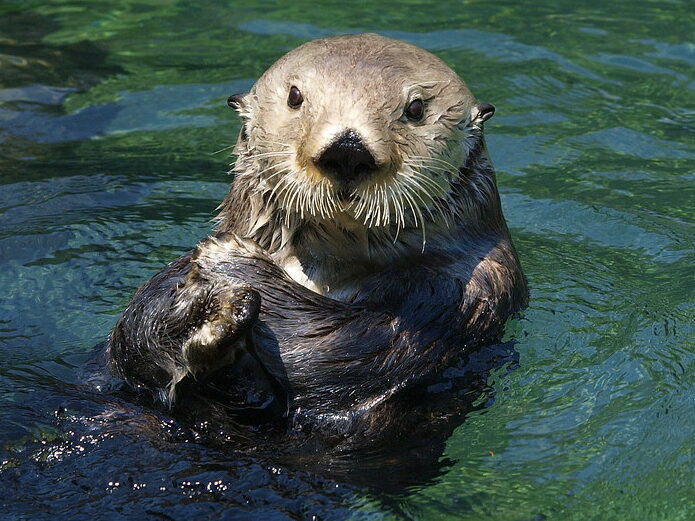
From afar, the dark shapes floating in the waters off the coast of Alaska might seem like driftwood tangled in seaweed. But get a closer look, and you’ll see the cute faces of a group of sea otters popping up from behind the waves, their back feet sticking up in the air. Despite being one of the smallest marine mammals on Earth, they have earned many impressive titles. Here are 15 fascinating facts about sea otters.
Super Soft Fur
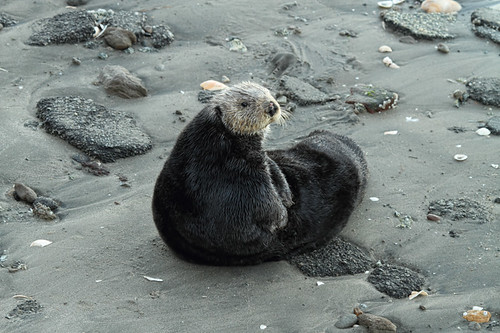
Sea otters have the densest fur of any animal—up to 600,000 to 1,000,000 hairs per square inch! This super-thick fur is crucial for their survival because they don’t have blubber to keep warm. Instead, their fur traps air close to their skin, which keeps them cozy in cold water. Sea otters spend several hours each day grooming to keep their fur clean and fluffy, making sure it stays effective at trapping air and keeping them warm.
Buoyant Beauties
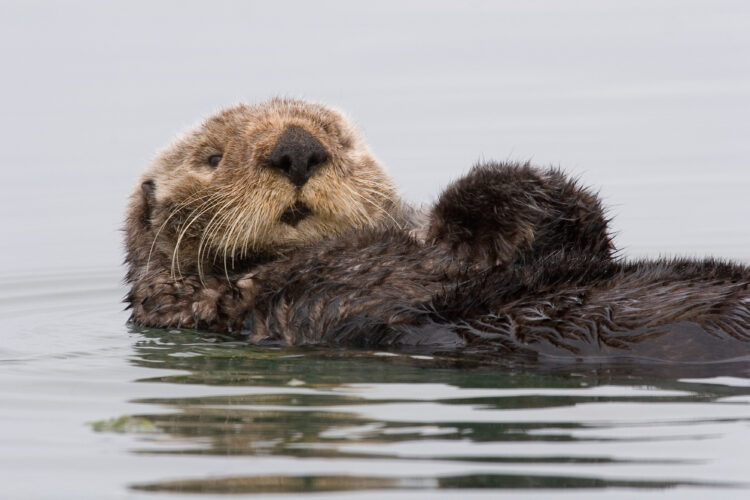
The dense fur of sea otters makes them naturally buoyant so that they can float easily on their backs. This is how they like to rest or munch on food. When they need to dive or stay underwater, they use rocks or kelp to keep themselves anchored. This clever trick helps them stay steady while hunting for food or chilling out.
A Taste for Seafood
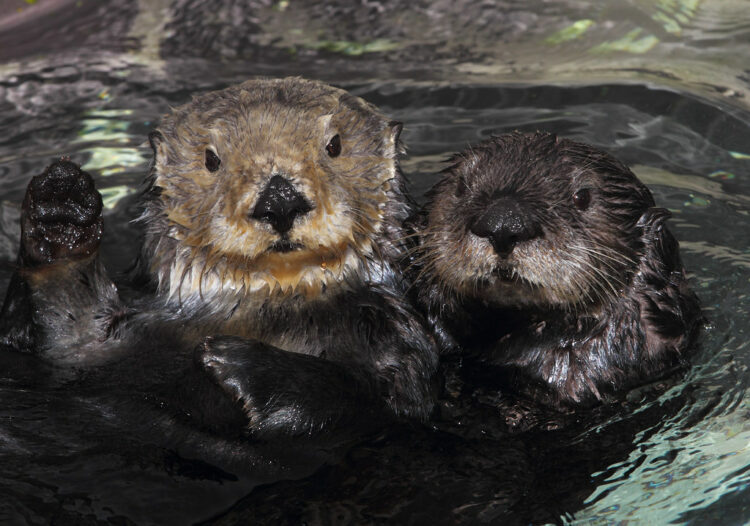
Sea otters are big eaters, gobbling up to 25% of their body weight in food every day! They chow down on a mix of sea urchins, crabs, clams, and fish. By keeping sea urchin numbers under control, sea otters help keep kelp forests healthy. If sea otters weren’t around, sea urchins could take over and wreck these underwater forests—showing just how important otters are to their ecosystems.
They Aren’t All Sea Otters
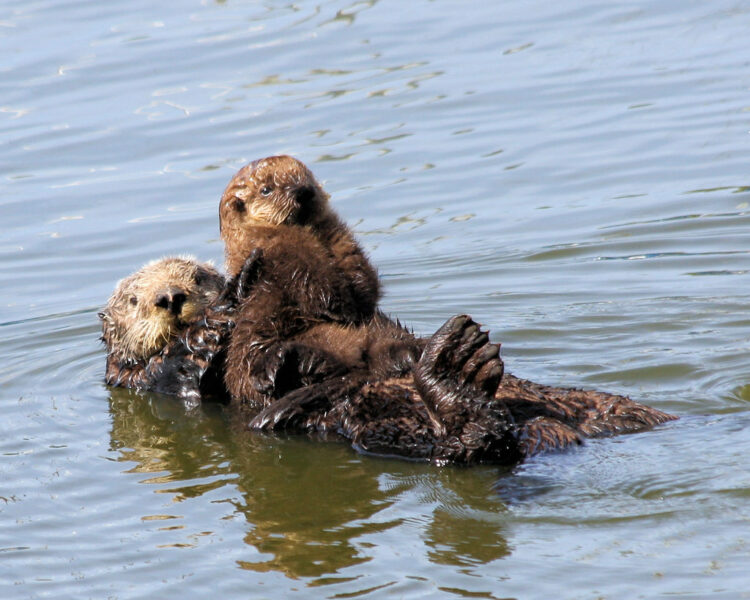
River otters are usually mistaken for sea otters, but they’re pretty different. River otters mainly live in freshwater but will also swim and hunt in the ocean. Sea otters, however, stick to the ocean along coastlines. They’re not as graceful on land and paddle with their hind feet and tail. Sea otters are much bigger than river otters—some males can weigh up to 100 pounds, while a male river otter usually weighs less than 30 pounds.
Some Hold Hands While Sleeping
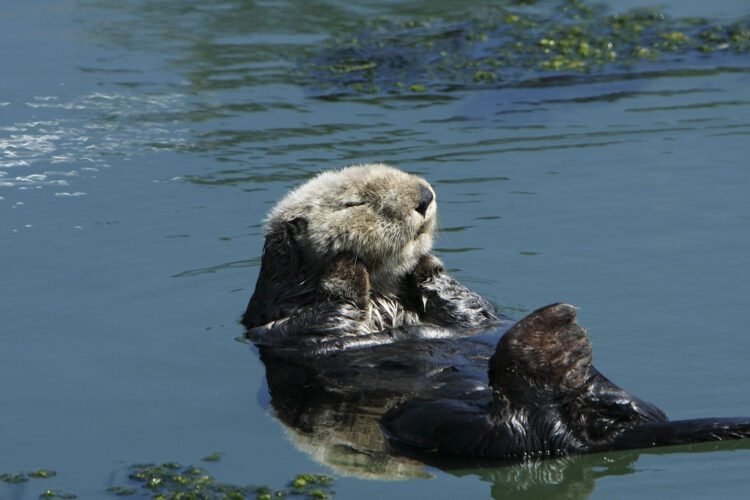
Sea otters, especially moms and their pups, often hold hands while floating on their backs. This way, they don’t drift apart from each other or their food while they snooze. They also wrap themselves in long strands of kelp, like a big, comfy blanket, which keeps them from floating out into the open ocean. When a pup is tiny, the mom keeps it on her belly to make sure it doesn’t drift away.
They Have Many Names
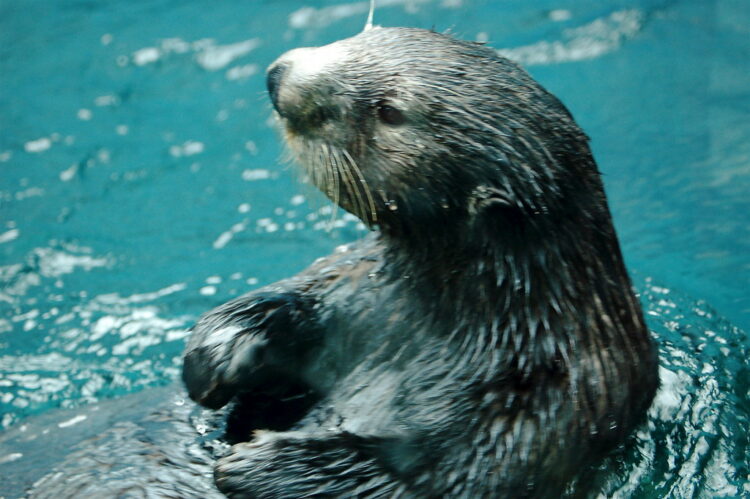
Baby otters are often called pups, but you might also hear them called kits or kittens. Female otters are known as sows, and males are called boars. When otters hang out together, their group can be called a family, bevy, lodge, or romp—”romp” is the most common name for a group on land. In the water, a bunch of otters is usually called a raft.
They Are in Trouble
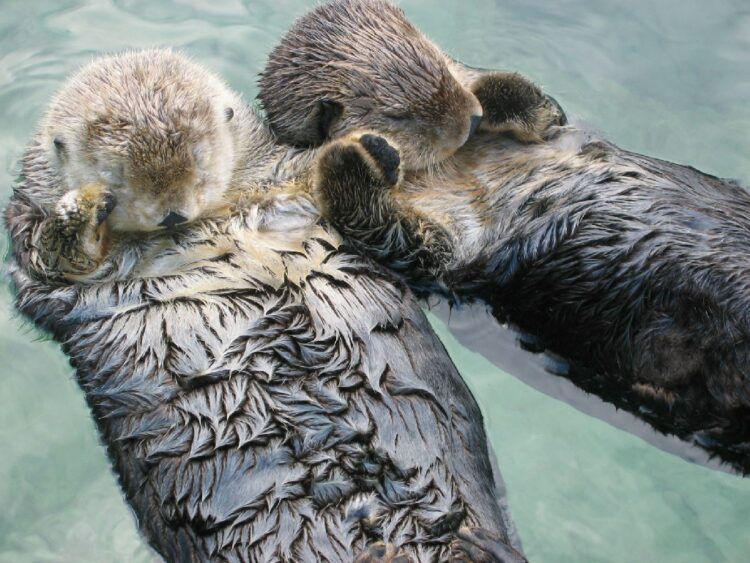
Five of the 13 otter species are listed as endangered, five near-threatened, and two vulnerable. The North American river otter is the only one not considered at high risk. Otters face several threats, such as pollution, habitat destruction, overfishing, and poaching. They can also get tangled in old fishing gear and ghost nets. Plus, a parasite from cat poop called toxoplasmosis is a problem, too, as it ends up in water through runoff and cat litter.
Hairy-Nosed Otters Are a Lazarus Species
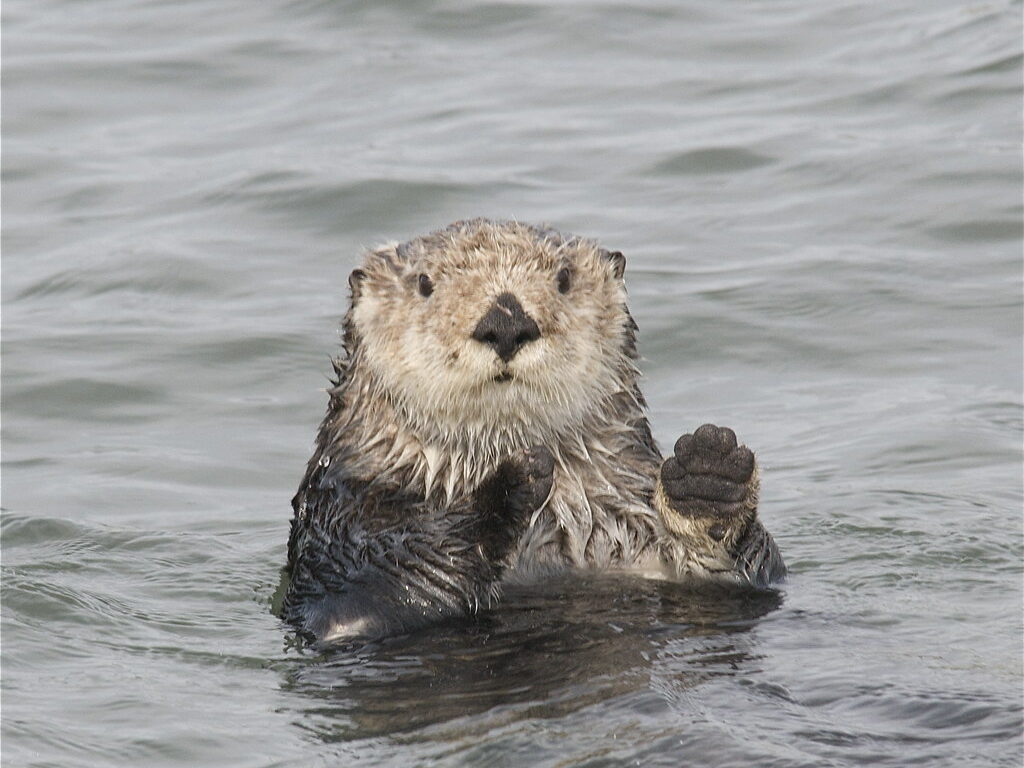
Hairy-nosed otters are an endangered species from Asia. They were considered extinct until 1998, when a scientist in Thailand found a few small groups. After being presumed gone forever, this surprising comeback makes them a “Lazarus species.” The biggest threats to these otters are poaching and losing their homes due to wildfires, dam building, and clearing swamp forests for oil palm plantations and fish farms.
Giant River Otters Live Up to Their Name
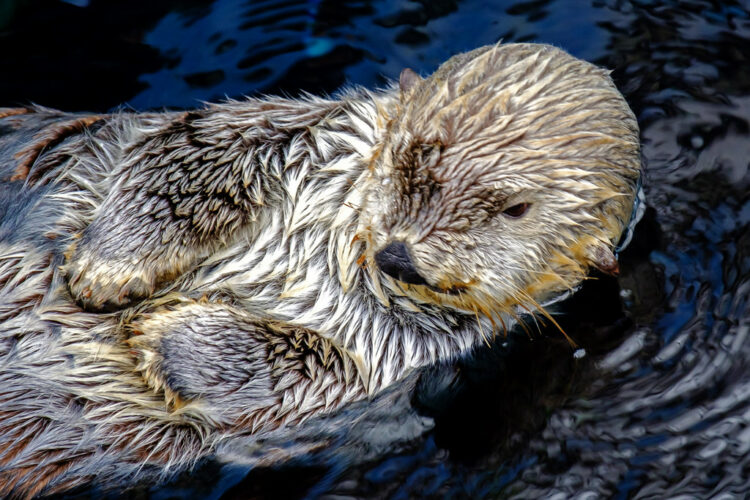
The giant otter is an endangered species from South America, mainly found along the Amazon River. It’s the longest otter species, reaching up to six feet long and weighing up to 75 pounds. These big otters munch through about nine pounds of food daily. Their numbers have dropped because of poaching for their soft, velvety fur. They also face problems caused by habitat loss, pesticides, and mining pollution. Experts think there are less than 5,000 giant otters left.
Some Species Lack Claws
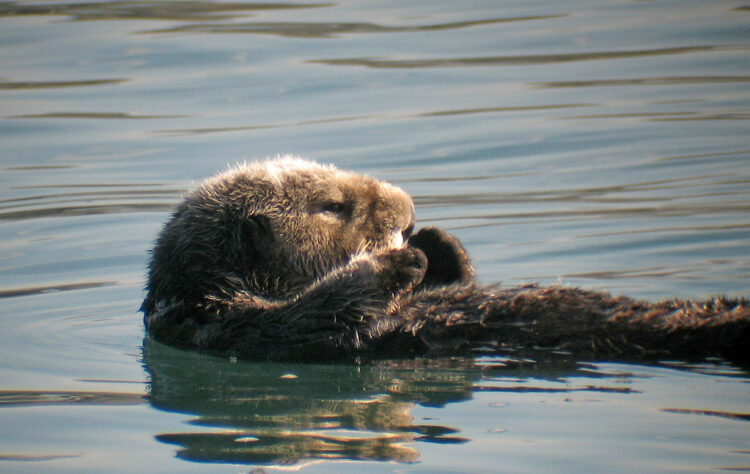
Most sea otters have sharp claws at the end of each toe to help them catch prey. But three otter species—Asian small-clawed otters, African clawless otters, and Congo clawless otters—have either blunt claws or none at all. They also have less webbing between their toes, which makes them super nimble when they’re searching for food. They use their front paws with a skill that’s almost like human dexterity.
Mothers Have a Lot of Work
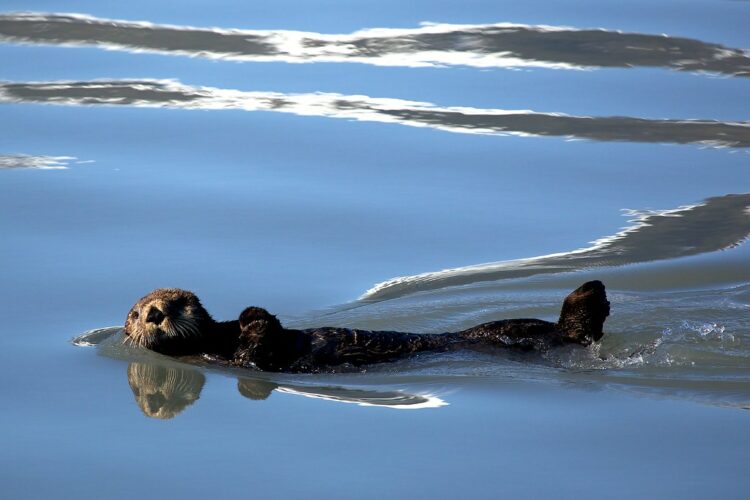
Sea otter pups are born unable to dive or swim, so they depend completely on their mothers for care. Moms have to keep their pups floating and warm by wrapping them in kelp while they go hunting. This care is really important because the pups need to stay buoyant and insulated. Being a sea otter mom is a tough job—she spends hours each day foraging to keep up with the high food needs of her growing pup.
They Have Noteworthy Poop
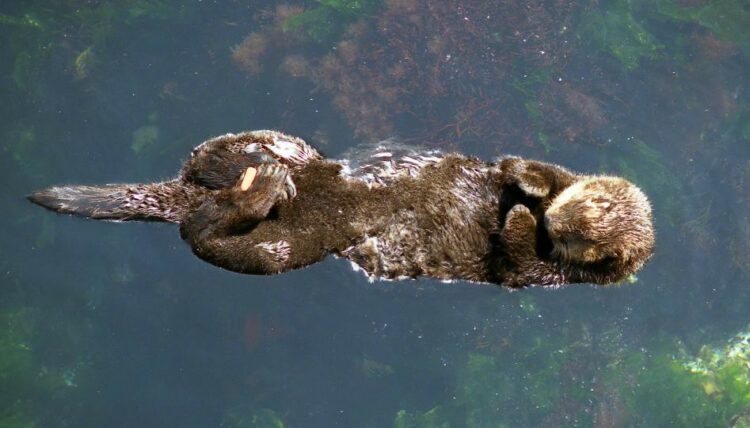
River otters do what’s known as “scat dances” by stomping their feet and lifting their tails. After the dance, they leave droppings called spraints, which researchers say smell a bit like violets. Otters have a common bathroom area where they share information through chemical signals in their poop. They also produce something called anal jelly, which contains secretions from their anal glands and shed bits of their intestines.
Special Adaptations for Cold Water
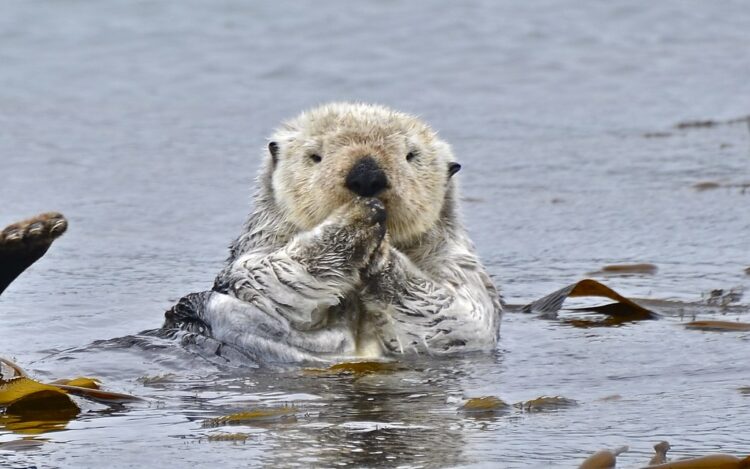
Thanks to their special fur, sea otters are built to handle cold ocean waters. Their fur traps air to keep them warm since they don’t have blubber, which is super important for surviving in chilly marine environments. The air trapped in their fur works as insulation, helping them stay warm even in freezing temperatures. This unique fur lets them thrive in the cold waters where they live.
Noisy Neighbors
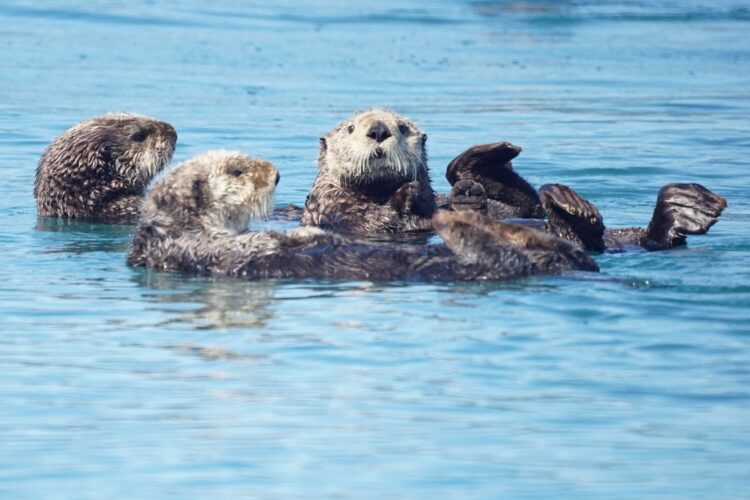
Sea otters use a variety of sounds to chat with each other. They make chirps, growls, and whistles to help coordinate activities like hunting or hanging out. When they’re in big groups, these noises are super important for staying connected. The different sounds let otters signal each other and keep their social bonds tight.
Remarkable Vision Underwater
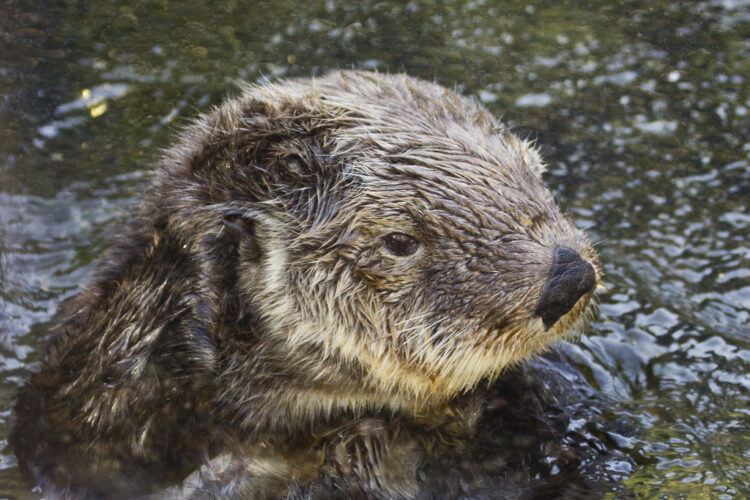
Sea otters are really good at seeing underwater, even when it’s pretty dark. Their eyes are specially adapted for seeing clearly below the surface, which helps them hunt for food and move around in their kelp forest homes. This is super important for their survival because it lets them find meals and steer clear of predators in the murky, shadowy parts of the ocean.

Comments
Loading…